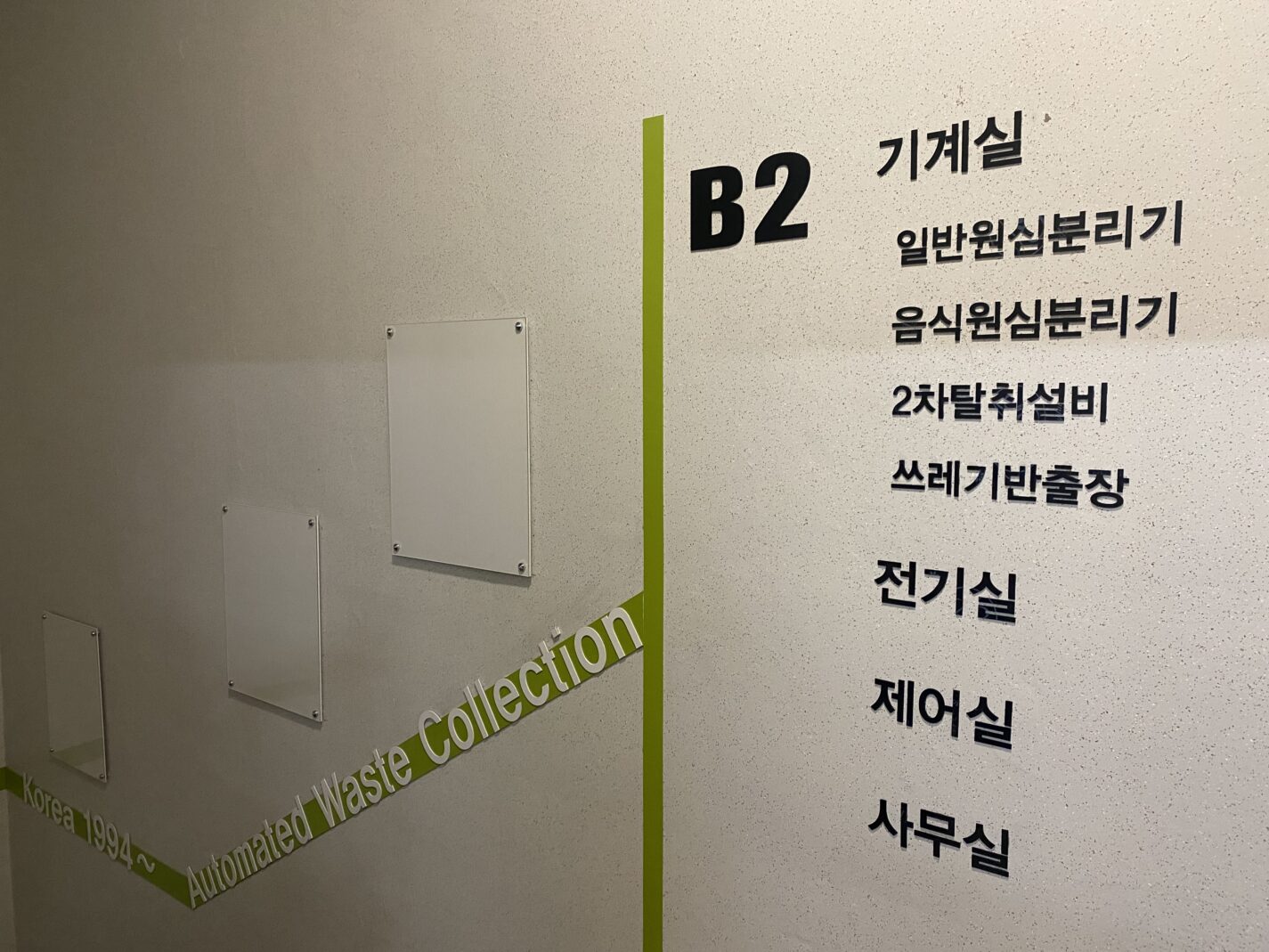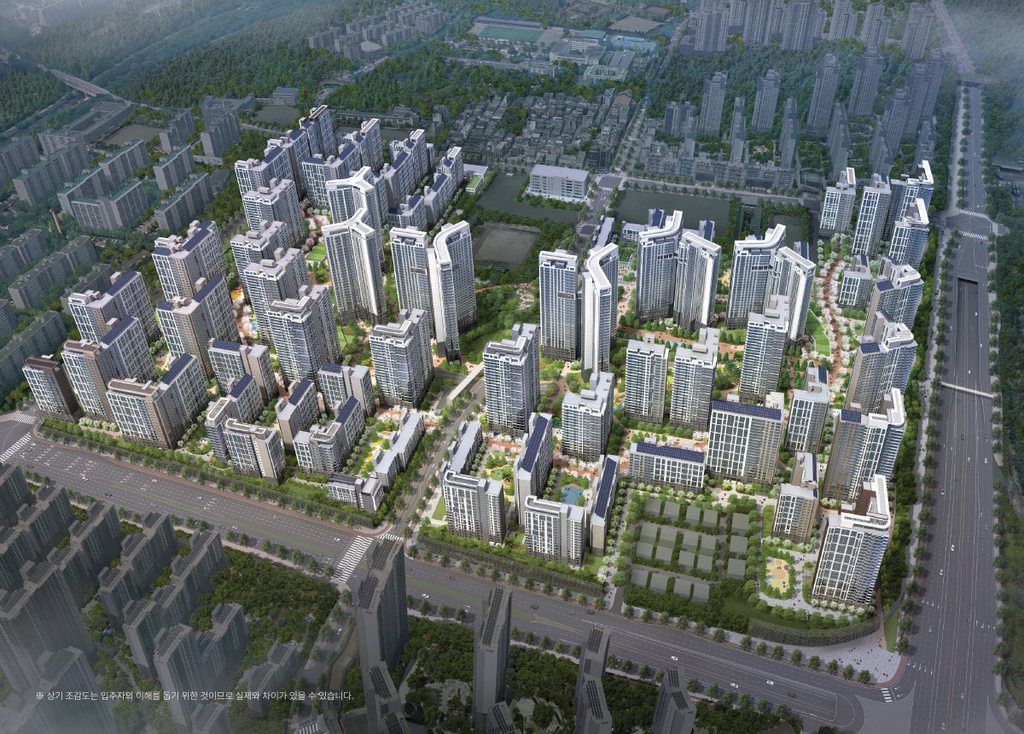Background & Overview

The H Firsitier I’Park project represents one of the largest and most prestigious projects in the Gangnam area. The development encompasses 74 individual buildings, ranging from basement levels four to seven floors, with some rising as high as 35 floors. Significantly, installing the Envac system at this location has garnered a reputation for its ability to create a clean environment while providing a positive synergy that extends beyond the immediate vicinity. The Greater Gangnam Area, in particular, has established itself as a centre of prosperity and a high standard of living, often compared to metropolises such as Beverly Hills, California.
Over the past few decades, these areas have become the core of business activity, offering a dynamic and influential environment for professionals. Despite being the least developed area of Seoul until the early 1980s, Gangnam and its surrounding districts have undergone remarkable development, earning a reputation for affluence, dynamism, and influence in Seoul. The project is being built on a 399,741.70 square meters site, and it will be equipped with various amenities such as a fitness centre, swimming pool, and daycare centre. It will also have a central park covering more than 12,000 square meters, offering a green space for residents to relax and enjoy nature.
The Automatic Waste Collection System (AWCS) transforming Gangnam’s new development
100 general waste inlets
used for mixed residual waste
2,15 tonnes of daily residual waste
a pipe network of 6,2 km is established to collect the general waste
2,965 food waste inlets
conveniently located inside the building with easy accessibility
3,2 tonnes of daily food waste
a pipe network of 8,4 km is established to collect the food waste
90% lower carbon emissions
system reduces carbon emissions from garbage collection trucks
2 fractions
general/residual and food waste
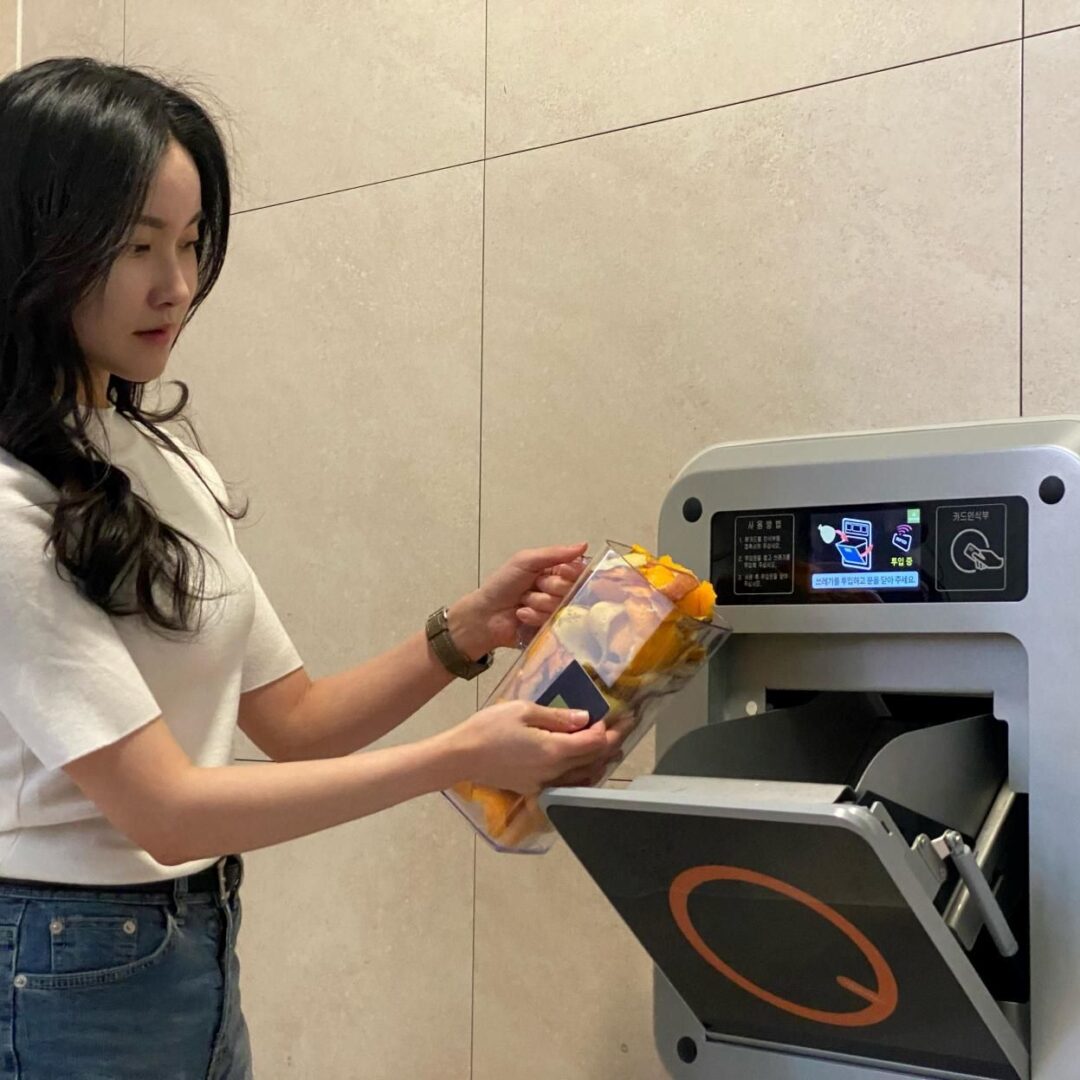
Long life cycle and user friendly system supporting Seoul’s vision
- Weighing sensors installed in food waste inlets linked to individual/household RFID to reduce the amount of food waste.
- Real-time control and monitoring of waste collection through EAP is possible from a central location.
- Each waste fraction is deposited into separate inlets connected to multiple vertical gravity chutes.
- Using inlets eliminates the possibility of overflowing waste, as seen in traditional waste collection systems.
- Waste is temporarily stored at the valve until a level sensor or a timed sequence controlled by EAP activates a collection cycle, optimizing energy usage.
- Environmentally friendly due to the system’s long life cycle assessment (LCA).
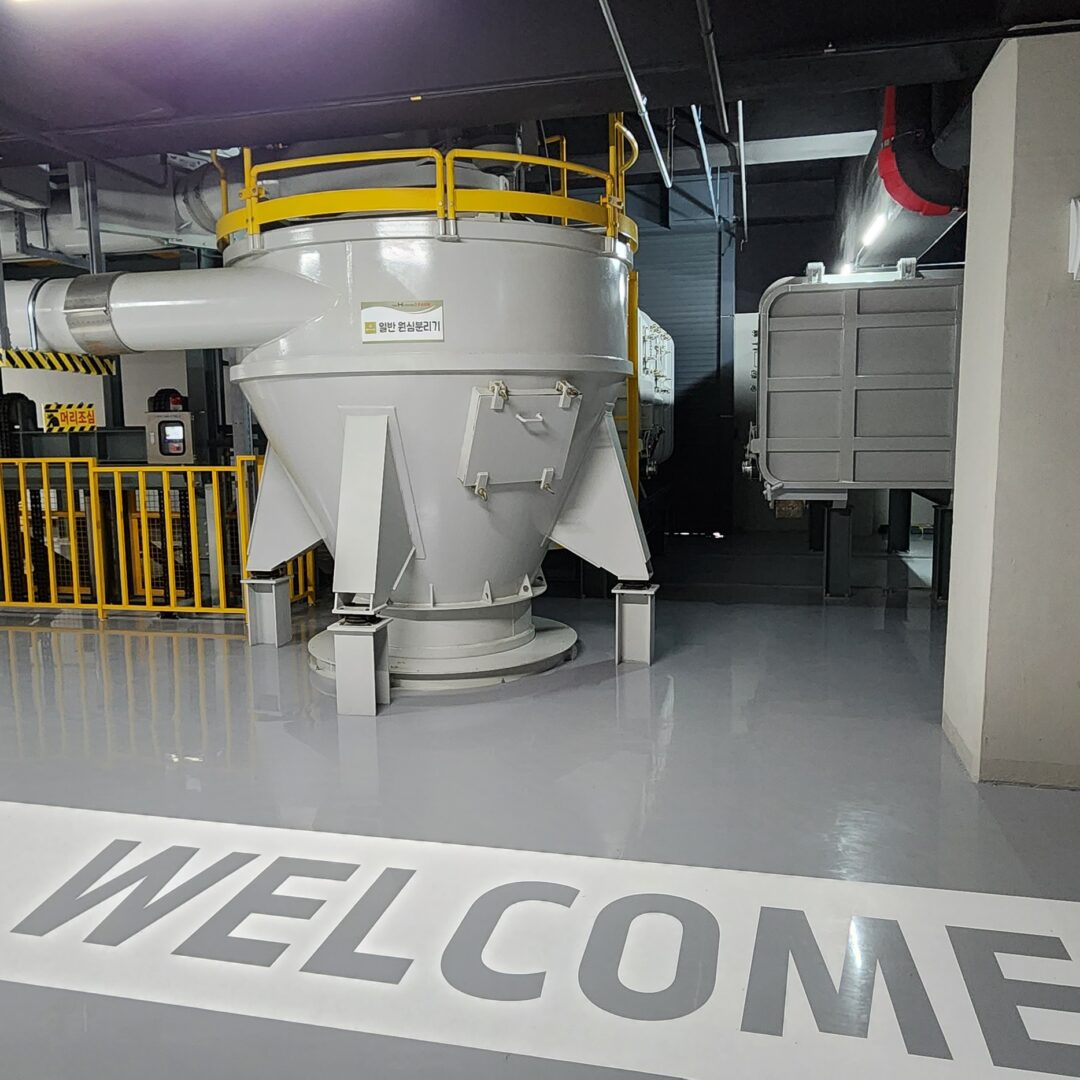
Environmental Impact
The AWCS system uses a network of underground pipes to transport waste from various buildings to a central collection station, eliminating the need for traditional garbage collection trucks to move around the city and reducing carbon emissions and traffic congestion. The system is entirely automated, meaning that it requires minimal human intervention. This is particularly important in densely populated urban areas, such as Seoul, where air pollution can be challenging. The system also frees up valuable space on the streets, improving safety for pedestrians and cyclists. Moreover, the Envac system is an example of how technology can be harnessed to make city life smarter and more sustainable.
Read more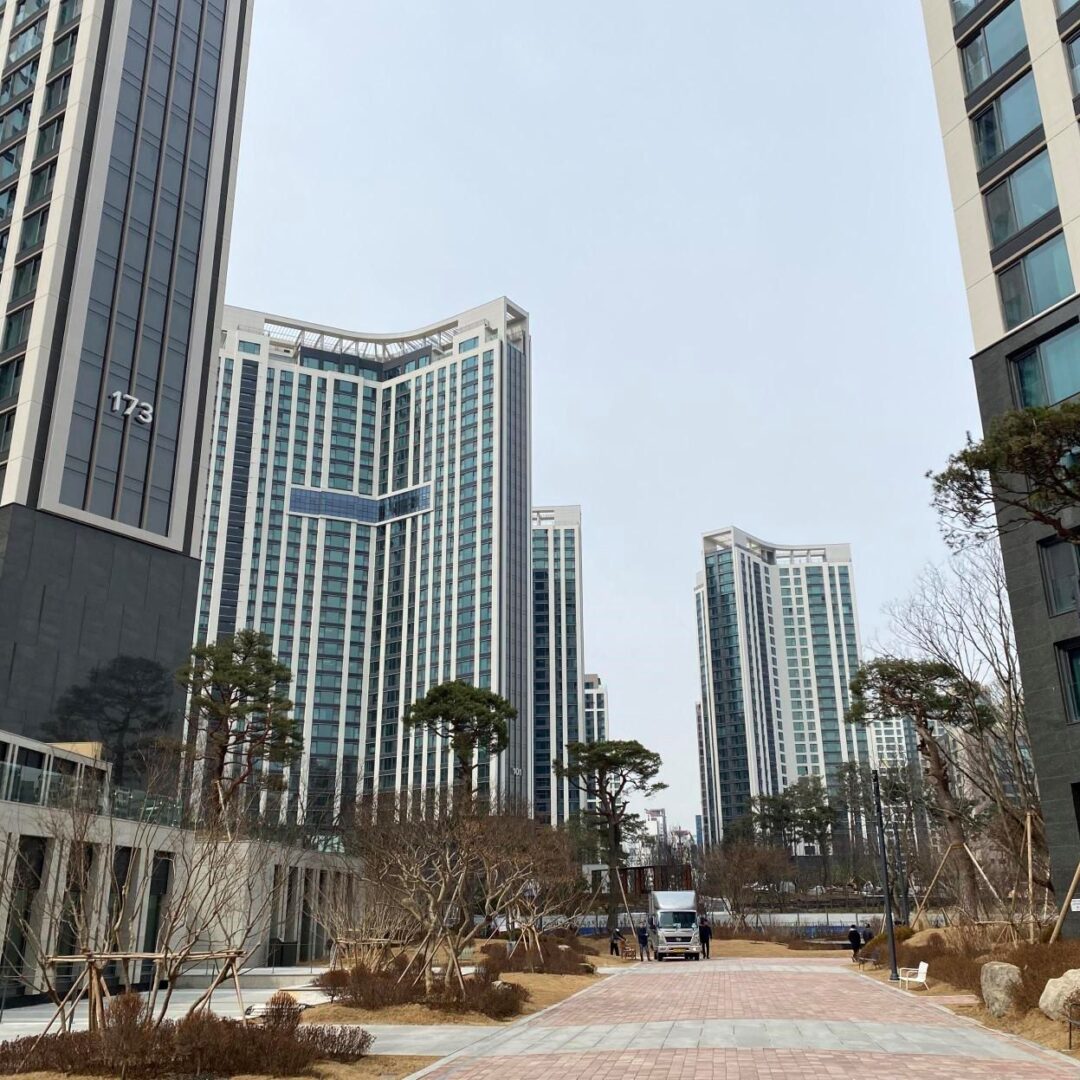
Resource Circularity
South Korea has implemented a “pay as you throw” policy to address the growing issue of food waste. This policy and various measures ensure that almost 90% of discarded food is kept out of landfills and incinerators. Under this policy, household food waste is weighed using sensors in the AWCS inlet and disposed of based on the weight measured in kilograms. If a person accidentally disposes of plastic bags, the recycling plant’s equipment sorts them out. People buy and use separate bags, commonly a 20-litre bag, for general waste. The local government sets the cost of the waste bags, which varies depending on the region. The policy encourages households to reduce food waste by making them more aware of the price and environmental impact of throwing away excess food. The information is processed on an individual/household basis, as the inlet is operated using the RFID issued by the building management. In addition to the financial incentive, the government has introduced various education and awareness programs to promote better food management practices. The food waste is utilised to create bioenergy, compost, fertilisers, and more. Waste is treated as a valuable commodity that has changed the community’s perspective. This initiative is in cooperation with the Ministry of Environment, Korea.
Learn more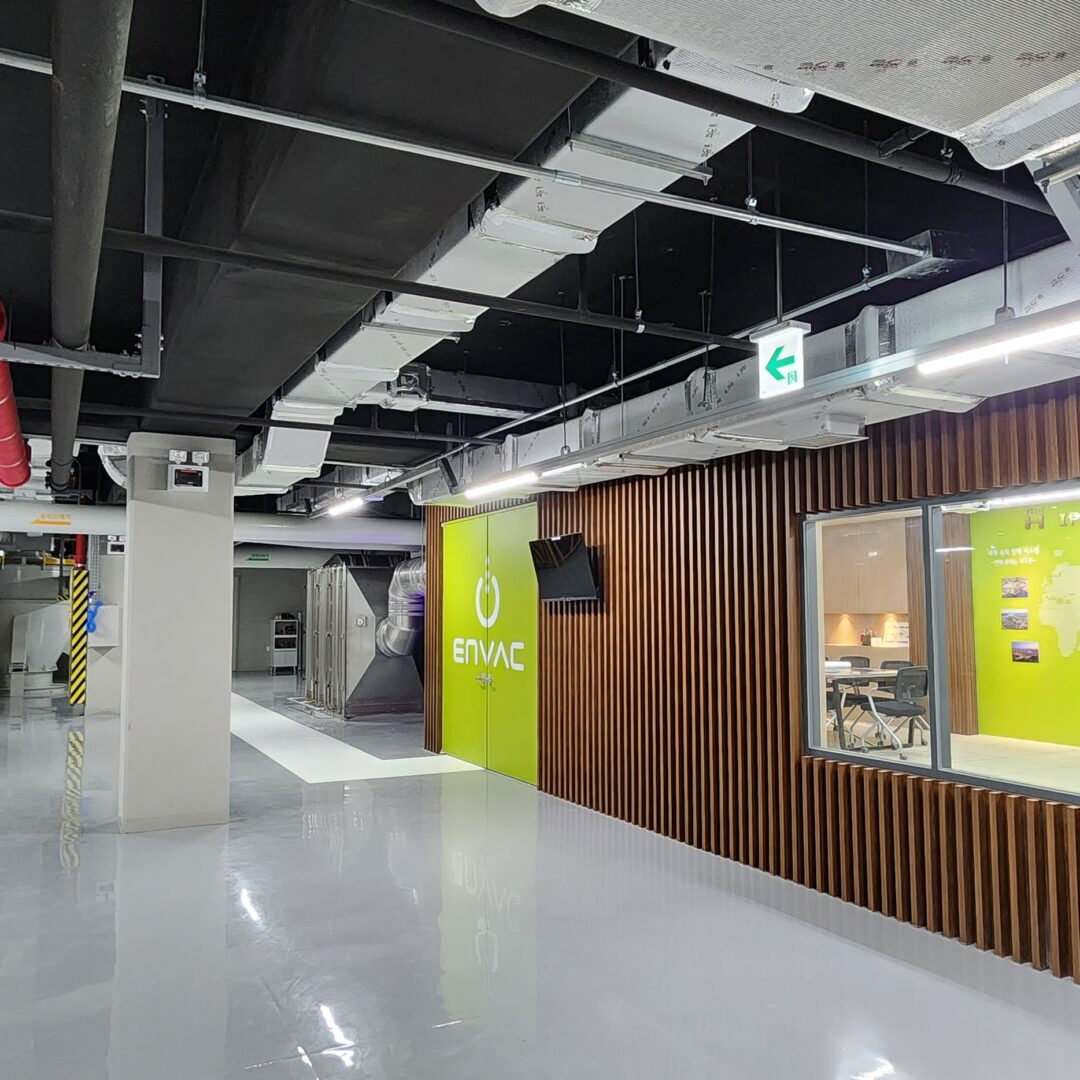
Quality of Life
Maintaining hygiene, cleanliness, and managing odours and pests are some of the biggest challenges faced in today’s urban waste management systems. With Envac AWCS, there is no need for waste storage rooms, trash cans, or dumpsters, which are often sources of unpleasant odours and attract pests. Waste is transported directly through a closed and sealed pipe network to a central collection station, eliminating these problems. The system is equipped with advanced sensors and monitoring systems that allow for real-time monitoring of waste levels and system performance. This allows for prompt action, reducing the likelihood of unhygienic conditions. It solves waste management challenges while contributing to value generation and sustainable modern living.
Learn more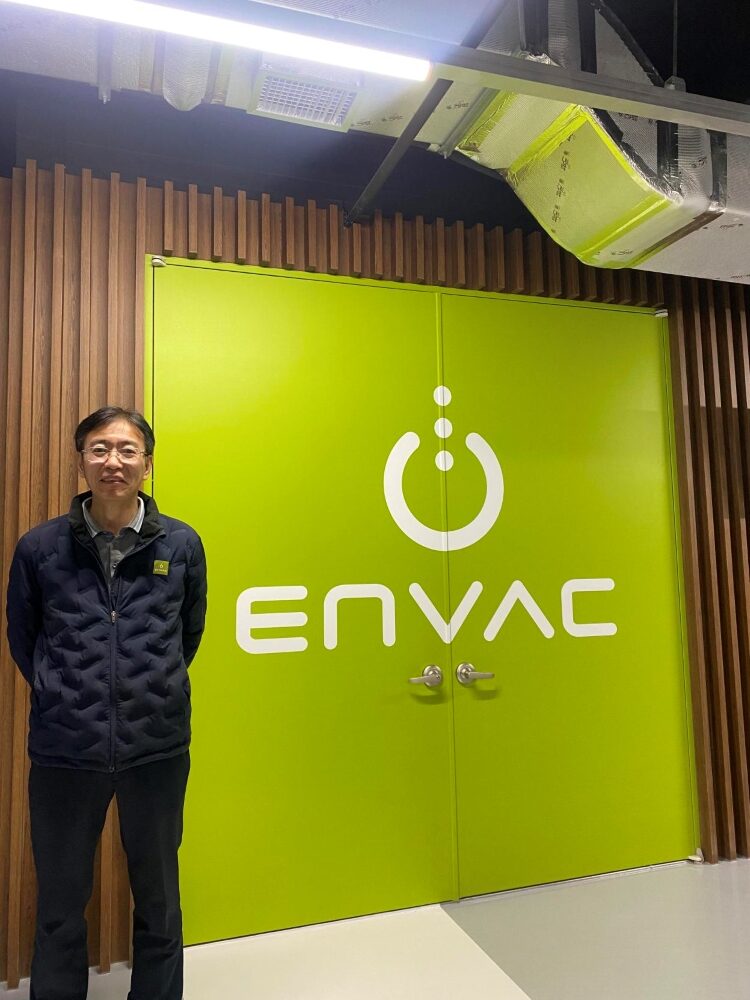
I am extremely proud to have completed the landmark project of Gaepo, the H Firsitier I Park, in the prestigious Gangnam area. Installing the Envac automatic waste collection system ensures a clean and sustainable living environment for the residents of this area. This landmark project sets a new standard for cleanliness and sustainability in the Greater Gangnam Area

